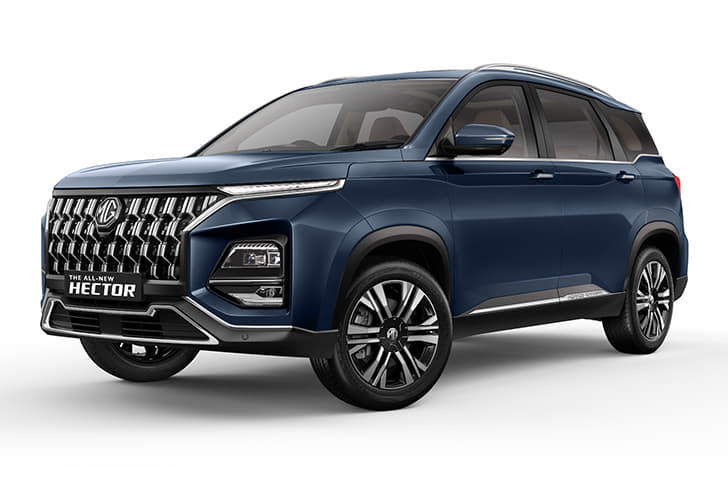The Hyundai Grand i10 has taken the market by surprise by positioning itself in a price range that entices two sub-segments. But is it worth considering over any of the other capable cars you see in this comparison?
Finding the ingredients that make for a great diesel hatchback is easy. You need fuel economy, space, good styling, features and a bit of performance too. The hard part is blending these ingredients in the right proportions to arrive at a value-for-money package that best appeals to buyers. Hyundai believes it has got the recipe just right with its new Grand i10, which has been specifically created for the Indian market.
But it’ll need to fend off some competition in order to bag the title of class leader. In the Grand’s way stands the Ford Figo, Toyota Etios Liva and Maruti Ritz. Time to find out what’s what.
































































